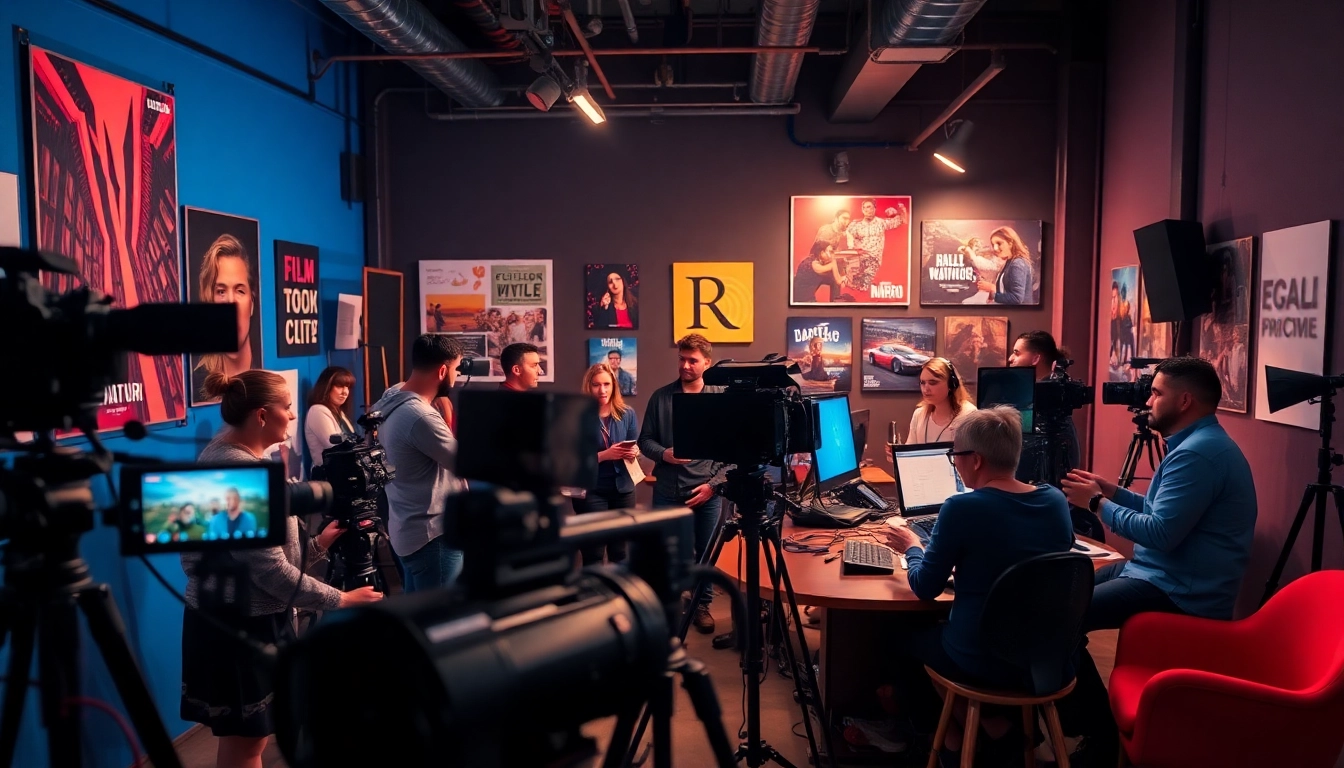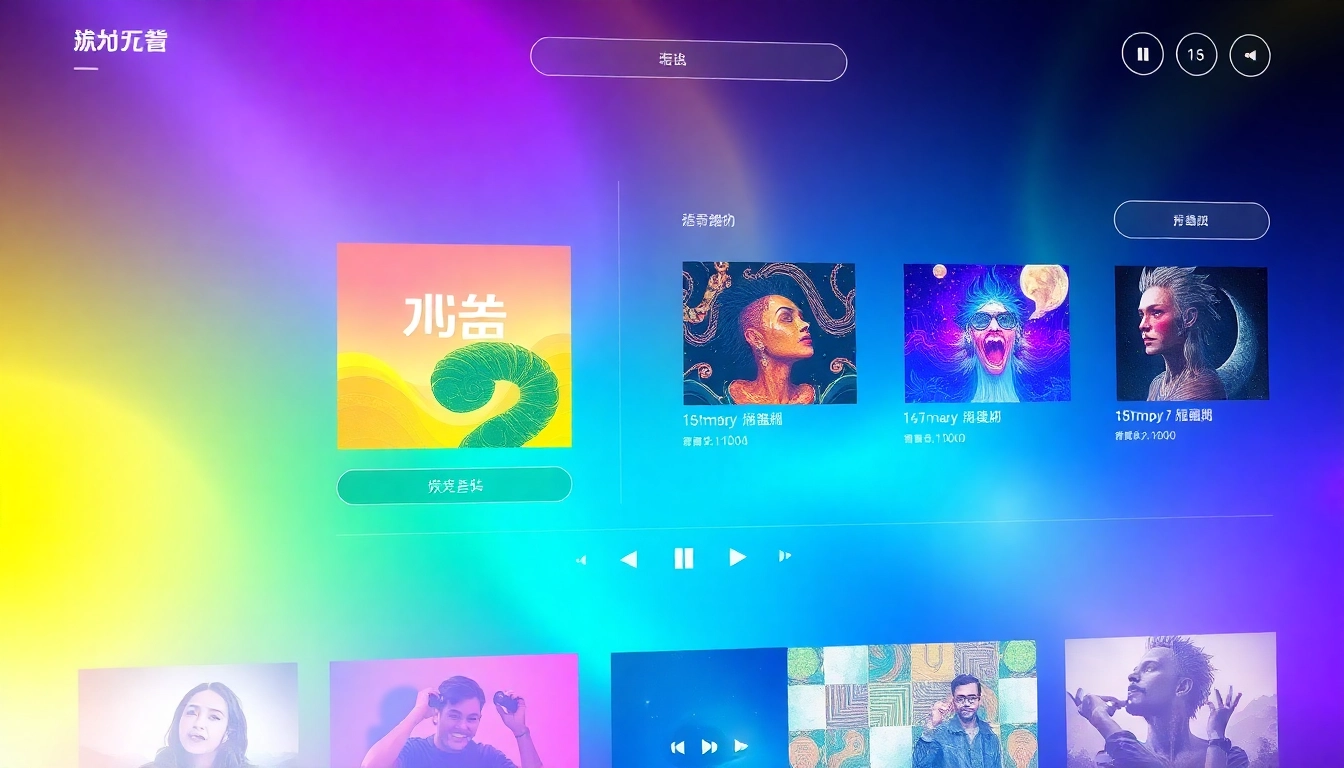Understanding Music Pitching
In the contemporary music landscape, where thousands of new songs are released daily, artists must go beyond creation; they need effective strategies to ensure their work reaches the right audience. This process, known as music pitching, is essential for gaining traction in an increasingly competitive field. This article delves deep into the nuances of music pitching, offering aspiring musicians actionable insights to promote their music successfully.
What Is Music Pitching?
At its core, music pitching involves the submission of songs or albums to curators, influencers, or media outlets with the hope of gaining exposure. This may include playlist submissions, blog features, radio play, or any platform that can amplify an artist’s reach. The objective is to connect with an audience that will appreciate the music and, ideally, share it further.
The Importance of Music Pitching for Artists
In the age of digital streaming, music pitching takes on critical importance for several reasons:
- Visibility: With millions of tracks available across various platforms, artists struggle for visibility. Strategic pitching helps highlight an artist’s work against this backdrop.
- Credibility: Being featured on reputable platforms can enhance an artist’s credibility, showcasing their work to new audiences as worthy of attention.
- Networking: Effective pitching often opens doors to industry relationships that can lead to collaboration and further opportunities.
- Enhanced Fan Engagement: Exposure through playlists or media can engage a fanbase, encouraging listeners to share and promote the music organically.
Common Misconceptions about Music Pitching
There are several myths surrounding music pitching that can mislead artists:
- It’s Only for Signed Artists: Many believe that only signed or well-known artists can benefit from pitches. However, independent artists can gain significant exposure if they approach pitching effectively.
- More Is Better: Some think that bombarding curators with submissions guarantees success. In reality, targeted and well-thought-out pitches are more effective.
- It’s All About Contacts: While connections can help, a strong pitch and quality music can compensate for a lack of relationships.
Preparing Your Music for Pitching
Choosing the Right Music for Your Pitch
Selecting the right track to pitch is crucial. Consider the following:
- Market Fit: Analyze the trends in your genre and select songs that resonate with current listener interests.
- Quality Over Quantity: Choose your strongest tracks—those that encapsulate your artistry and have the potential to connect.
- Feedback: Obtain feedback from industry peers or trusted listeners to gauge market readiness.
Creating an Engaging Press Kit
A well-crafted press kit serves as your calling card to potential supporters. Include the following elements:
- Bio: A short biography that tells your story and musical journey.
- High-Quality Photos: Professional images help create a striking visual impression.
- Links to Your Music: Include streaming links and download options for easy access.
- Social Media Links: Show your presence and engagement levels across various platforms.
- Press Coverage: Highlight previous successes or features that enhance your credibility.
Timing Your Submission: When Is Best?
Understanding timing can significantly impact the reception of your pitch:
- Release Schedule: Ideally, submit your pitch 4-6 weeks before your official release date to give curators time to consider your track.
- Current Trends: Timing your pitch to align with trends can also enhance visibility. For example, pitching a summer anthem in early spring may lead to more favorable consideration.
- Curator Schedules: Curators may have their schedules for accepting pitches—research to understand when they are most receptive.
Strategies for Effective Music Pitching
Crafting the Perfect Pitch Email
Your pitch email is crucial for making a great first impression. Here are components to include:
- Personalization: Address the curator by name and mention why you are reaching out specifically to them.
- Engaging Subject Line: Catch attention immediately with a creative and relevant subject line.
- Brief and Clear: Keep your email concise—introduce yourself, your music, and why it fits their platform.
- Call to Action: Encourage the curator to listen to your track and consider featuring it without being overly pushy.
Building Relationships with Curators
Building a network of contacts can help you navigate the music industry more effectively:
- Engagement: Interact with curators on social media—comment on their posts, share their work, and show genuine interest in their playlists.
- Follow-ups: After your pitch, send a polite follow-up email if you haven’t heard back, but be mindful not to spam them.
- Gratitude: Always thank curators for their time, regardless of the outcome—it fosters a positive relationship for future pitches.
Leveraging Social Media and Networking
Social Media is a vital tool for music promotion. Here’s how to use it strategically:
- Share Your Journey: Post behind-the-scenes content to create engagement and a personal connection with your audience.
- Tag Influencers: When releasing a new track, tag curators and influencers to catch their attention organically.
- Collaborate: Team up with other artists or influencers to broaden your reach. Joint promotions can introduce your work to their audience.
Platforms for Music Pitching
Using Spotify for Playlist Submissions
Spotify has become a primary platform for music discovery. Here’s how to navigate its pitching process:
- Spotify for Artists: Utilize Spotify for Artists to manage your profile and submit songs to playlists directly. This platform allows you to provide context about the song, enhancing the pitch’s strength.
- Follow Submission Guidelines: Ensure you meet all guidelines. Curators often reject submissions through oversight, so double-check your work.
- Understand Playlist Types: Different playlists have various thematic focuses. Align your song’s mood and style with the playlist’s theme.
Alternatives: Other Music Platforms
While Spotify is dominant, several alternative platforms can also enhance your pitching strategy:
- Apple Music: Similar to Spotify, pitching to Apple Music involves their own submission forms to encourage playlist placements.
- SoundCloud: Leverage SoundCloud’s community by submitting your tracks for featured playlists and engaging in user comments.
- SubmitHub: This platform allows musicians to submit their music to multiple blogs and playlists for a fee, increasing exposure potential.
Evaluating Pitching Sites and Services
With numerous services available to facilitate music pitching, understanding their merits is key:
- Legitimacy: Research to find respected platforms. Look for reviews from other musicians and verify their success rates.
- Cost: Weigh the benefits of paid services against their cost. Some platforms offer free options that can be effective for emerging artists.
- Track Record: Choose services that have a history of successfully placing music and feature credible curators.
Measuring Success in Music Pitching
Analyzing Pitch Impact on Streaming and Sales
Understanding the effectiveness of your pitch is crucial to refining your strategy:
- Streaming Metrics: Monitor the change in streams post-pitch. Look for increases in place on playlists and overall plays.
- Sales Analysis: Compare sales data before and after pitching sessions to evaluate the direct impact of your efforts.
- Engagement Rates: Track how many listeners save, share, or comment on your tracks on various platforms.
Gathering Feedback and Improving Your Approach
Soliciting feedback is crucial for growth. Consider these strategies:
- Ask for Insights: When curators respond, ask them what worked and what didn’t in your pitch.
- Peer Reviews: Create a group of fellow musicians to share and critique pitching approaches for mutual improvement.
- A/B Testing: Experiment with different kinds of pitches and analyze what draws the best response.
Long-term Strategies for Continuous Success
Avoid viewing music pitching as a one-time effort; instead, develop sustainable strategies:
- Regular Engagement: Keep communicating with curators and influencers. Building lasting relationships can lead to ongoing support.
- Continued Learning: Stay informed about industry trends and adapt your pitching strategies accordingly.
- Content Marketing: Increase your presence with regular content updates, behind-the-scenes videos, or interviews that keep your audience engaged and informed.




